Persuasive communication is a powerful tool for motivating and inspiring others to take action. Whether you’re crafting a compelling article, delivering a speech, or creating engaging content, mastering effective persuasion techniques is a valuable skill.
Persuasion is a primary goal in many of our whiteboard animation projects. In fact, a recent third-party study about our very own whiteboard videos has found that our videos increase their viewers’ knowledge, confidence, and motivation to act. According to the study, 90% of viewers reported that our videos increased their motivation to act.
In this post, we’ll share some of our top tips to help you become a more persuasive communicator, enabling you to influence others and drive meaningful change.
1
Understand your audience
To be persuasive in your business storytelling, it’s essential to understand your audience’s needs, desires, and motivations. Research and analyze their interests, beliefs, and pain points. Tailor your message to resonate with their specific concerns, and emphasize how taking action will benefit them directly.
In our whiteboard videos, we choose our various styles, colours, and animations to match:
- the tone, mood, and content of our client’s message
- the preferences and characteristics of their target audience.
In so doing, we enhance the persuasiveness of your overall presentation.
2
Reduce the complexity
People resist what they don’t understand. You can make your message more accessible and understandable to a wide range of audiences by:
- breaking down intricate information into easily digestible visuals and explanations
- relying on powerful visual communication strategies to simplify your information
This simplification helps remove barriers to comprehension, making it easier for viewers to grasp and internalize your persuasive arguments.
Check out our quick tips for explaining complicated things in a simple way:
persuasive communication example
In this whiteboard video, we are trying to persuade viewers to consider a new approach to estimating cardiovascular risk. The concepts are complex. Watch how we use visuals to make them more accessible and the video more persuasive.
3
Build credibility and trust
Establishing credibility is crucial in persuasive communication. Present yourself as knowledgeable and trustworthy, providing evidence, data, and examples to support your arguments.
Cite reputable sources and experts to lend authority to your claims. The more your audience trusts and respects you, the more likely they are to be persuaded by your message.
persuasive communication example
We could scream off the rooftops that our whiteboard videos increase their viewers’ knowledge, confidence, and motivation to act, but we know that the results from this independent study of our videos will speak louder than we ever could.
4
Create a compelling story
Humans are wired for storytelling. By weaving your persuasive message into a story, you can make it more relatable, memorable, and emotionally resonant, increasing its persuasive impact.
Craft a persuasive narrative that captivates your audience’s emotions, taps into their experiences, and moves them toward action.
Start with a compelling hook, develop a relatable problem or conflict, and offer a solution that aligns with your audience’s values and aspirations.
Use vivid language, imagery, and personal anecdotes to paint a vivid picture and engage their imagination.

Learn to explain complicated things in a simple way
Find out how to explain complicated things in a simple way that attracts and holds attention, builds trust, engages your audience, and moves them to act.
5
Appeal to logic and reason
While emotions are powerful, logic and reason play a vital role in persuasion, as well. The right visual communication strategy not only appeals to emotions but also plays a critical role in presenting logical arguments and data in a more digestible way.
Present logical arguments, supported by facts, statistics, and logical reasoning. Clearly outline the cause-and-effect relationship between taking action and achieving desired outcomes. Anticipate counterarguments and address them preemptively to bolster your case.
6
Social proof
People are often influenced by the actions and opinions of others.
Leverage the power of social proof by providing testimonials, success stories, and case studies that demonstrate how others have benefited from taking similar actions.
Highlight any endorsements, certifications, or partnerships to reinforce your credibility and increase the perceived value of your message.
persuasive communication example
In this whiteboard video for Balance of Power, note how we highlight the other countries that have achieved parity in their politics. It’s our way of challenging the viewer to help Canada do the same.
7
Create a sense of urgency
To motivate action, you need to create a sense of urgency. Communicate the consequences of inaction and emphasize the time sensitivity of the issue. Use phrases such as “limited time offer,” “act now,” or “don’t miss out” to prompt immediate action. Clearly articulate the benefits and rewards for taking action promptly.
8
Use persuasive language and rhetorical devices
Effective persuasion techniques involve the strategic use of language and rhetorical devices, enhancing the persuasiveness of the communication. Use power words, positive language, and an active voice to create a sense of excitement and motivation. Employ rhetorical devices like metaphors, analogies, and repetition to make your message more memorable and compelling.
In our whiteboard videos, we love using visual metaphors and analogies to convey our message. By visually representing abstract or complex ideas through simple and familiar symbols, you can enhance understanding and create connections in the viewer’s mind. These visual representations help bridge the gap between your message and the viewer’s existing knowledge, making your arguments more persuasive and memorable.
persuasive communication example
For this whiteboard video, Seth Godin’s goal is to persuade you to figure out how to do work that matters and be creative. To create the video, we needed to come up with a relatable way to visually depict the notion of creativity. How did we do?
9
Use engaging visuals and multimedia
Visual elements can enhance the persuasive impact of your communication. Incorporate engaging visuals, such as infographics, charts, and photographs, to illustrate your points and make data more accessible.
Consider using multimedia formats like videos or animations to add variety and captivate your audience’s attention. Whiteboard videos, for example, are visually engaging and capture the viewer’s attention.
The combination of hand-drawn illustrations, movement, and narration creates an immersive experience that can hold the viewer’s interest throughout the presentation.
persuasive communication example
In this whiteboard video, we were trying to persuade small business owners to systematize their business. The topic itself could have been quite dry, so we used some fun visuals to bring it to life.
10
Call them to action
Effective persuasive communication requires a deep understanding of your audience, building trust and credibility, crafting a compelling story, appealing to logic and emotions, utilizing social proof, creating urgency, employing persuasive language, and incorporating visual elements.
Mastering storytelling in business and leveraging visual communication strategies are pivotal steps toward compelling your audience to take the desired action.
Specify the desired action you want your audience to take, whether it’s signing up for a newsletter, donating to a cause, or participating in an event. Make the action easy to complete and provide clear instructions on how to proceed.
By mastering these techniques, you can motivate and inspire others to take action, driving meaningful change and achieving your goals. Need help persuading your stakeholders? Connect with the research-backed, award-winning storytellers at Exaltus.

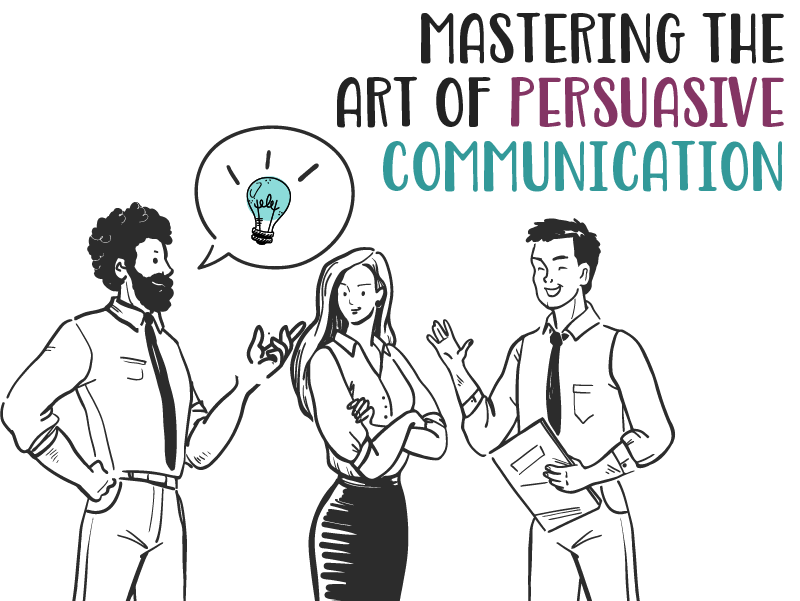
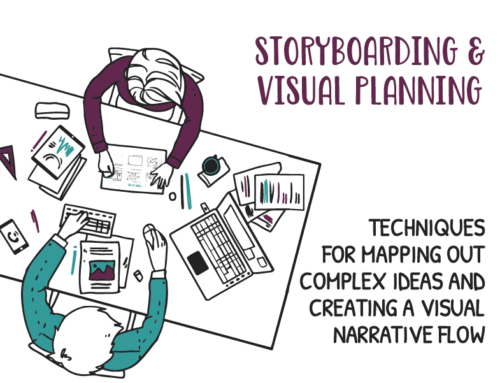
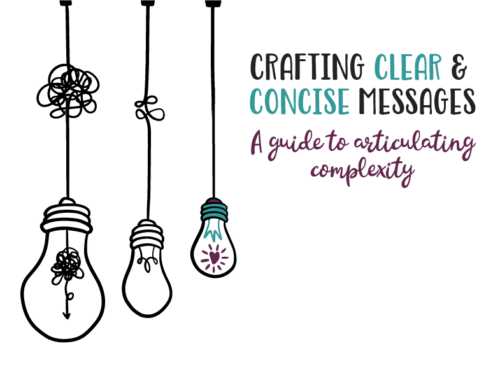
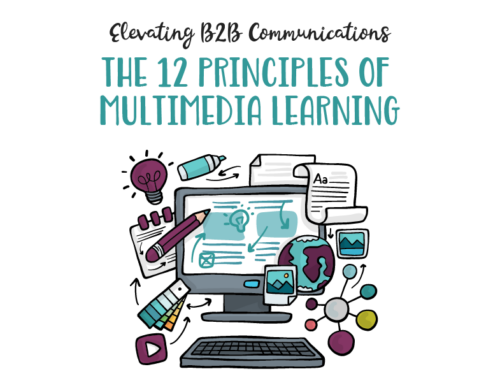
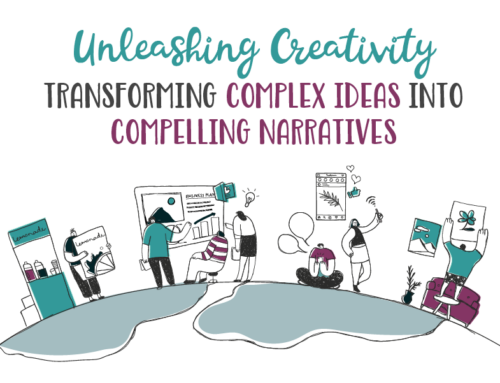
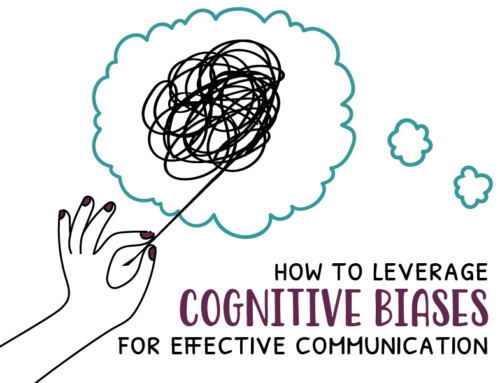
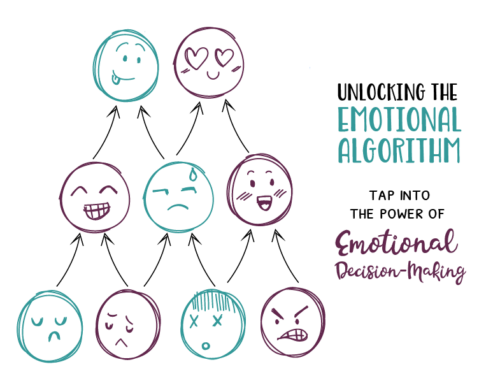
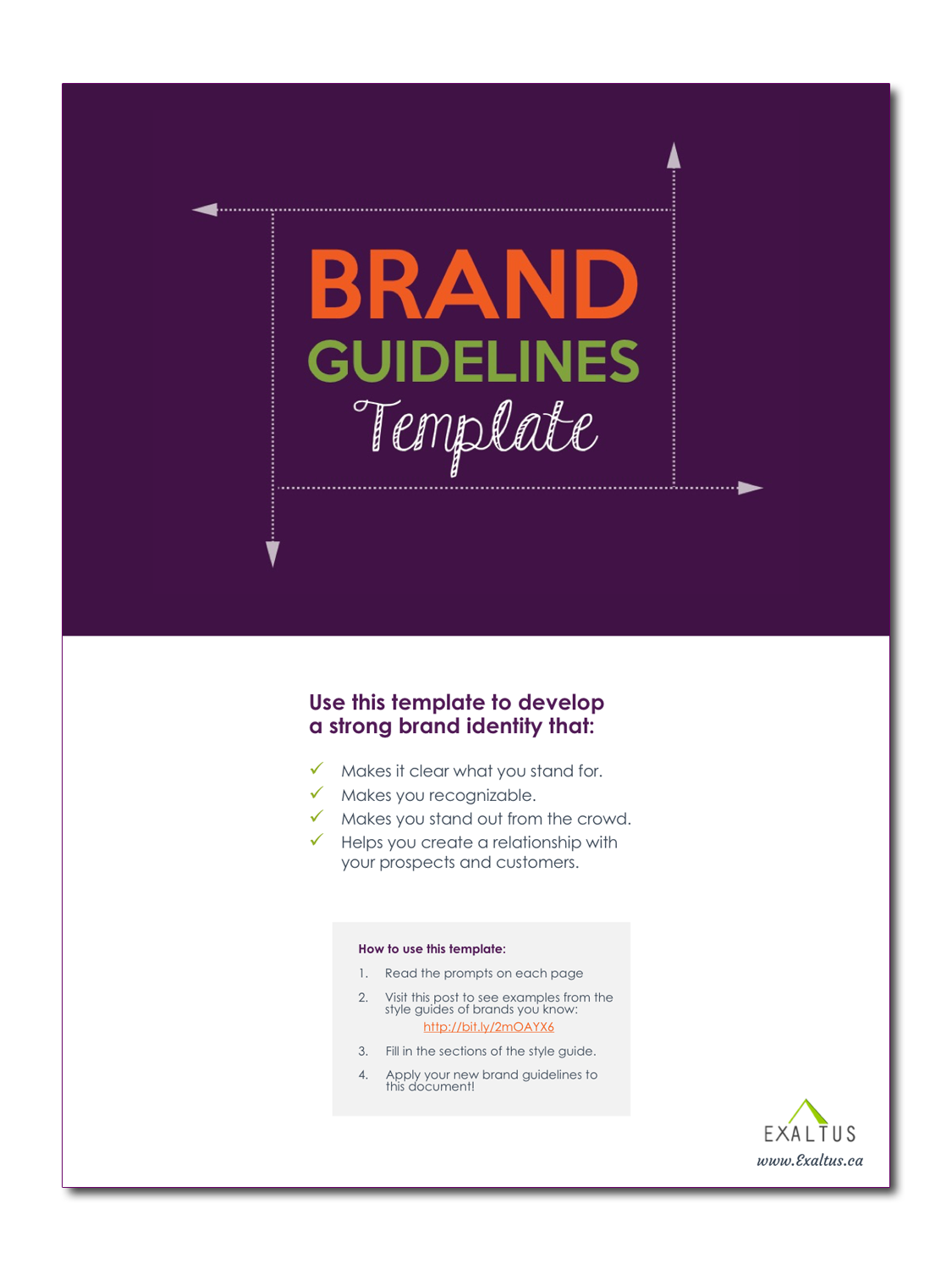

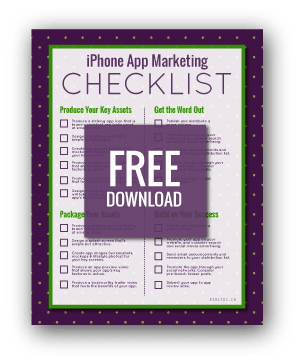

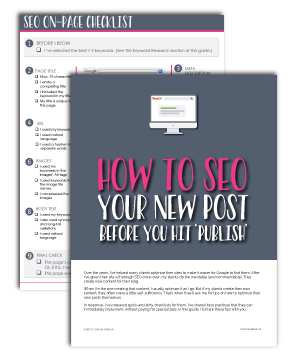
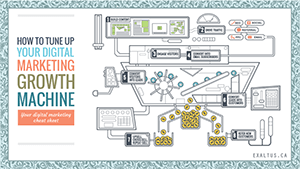



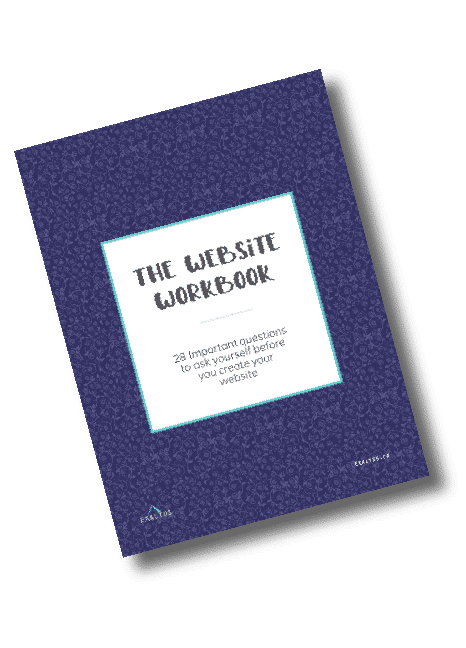


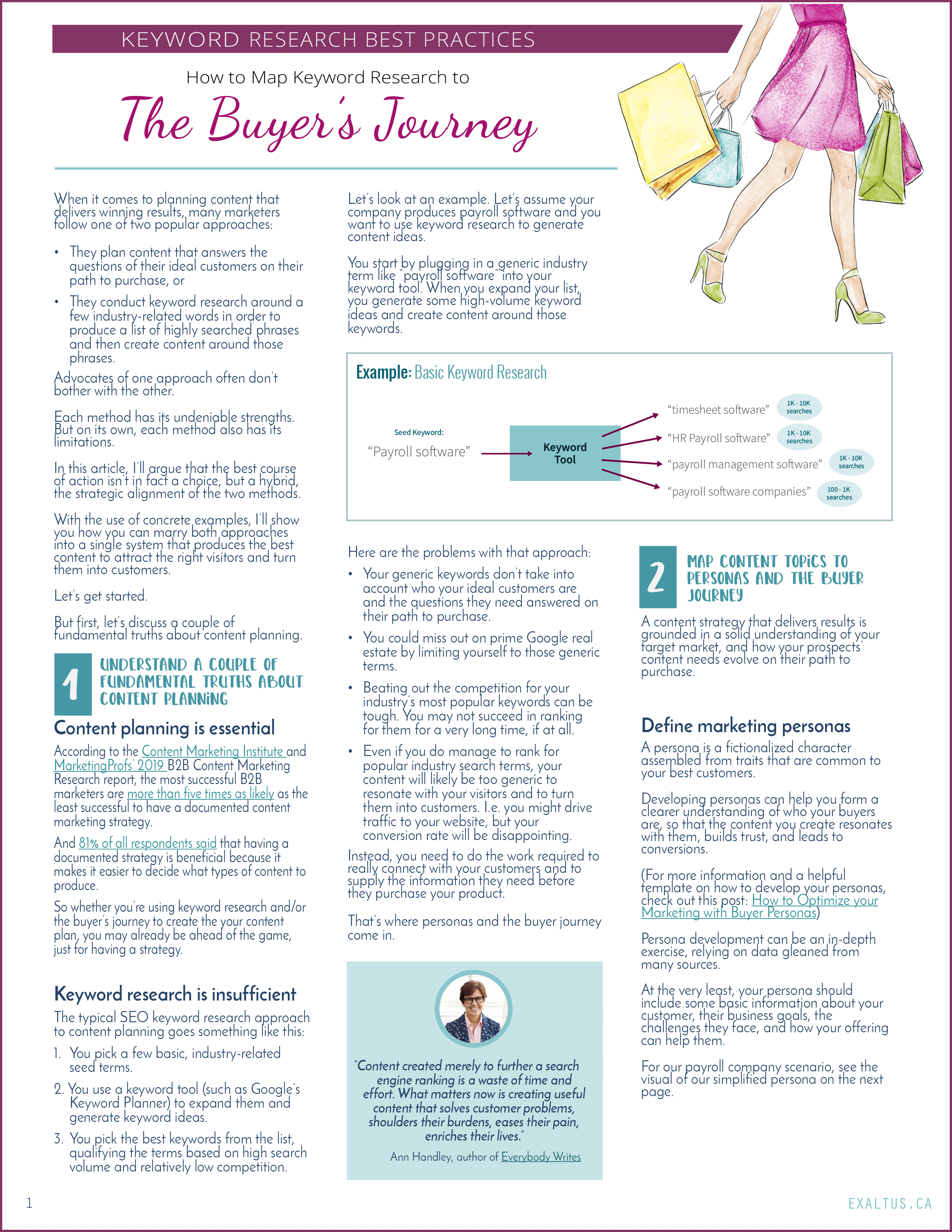



Leave A Comment